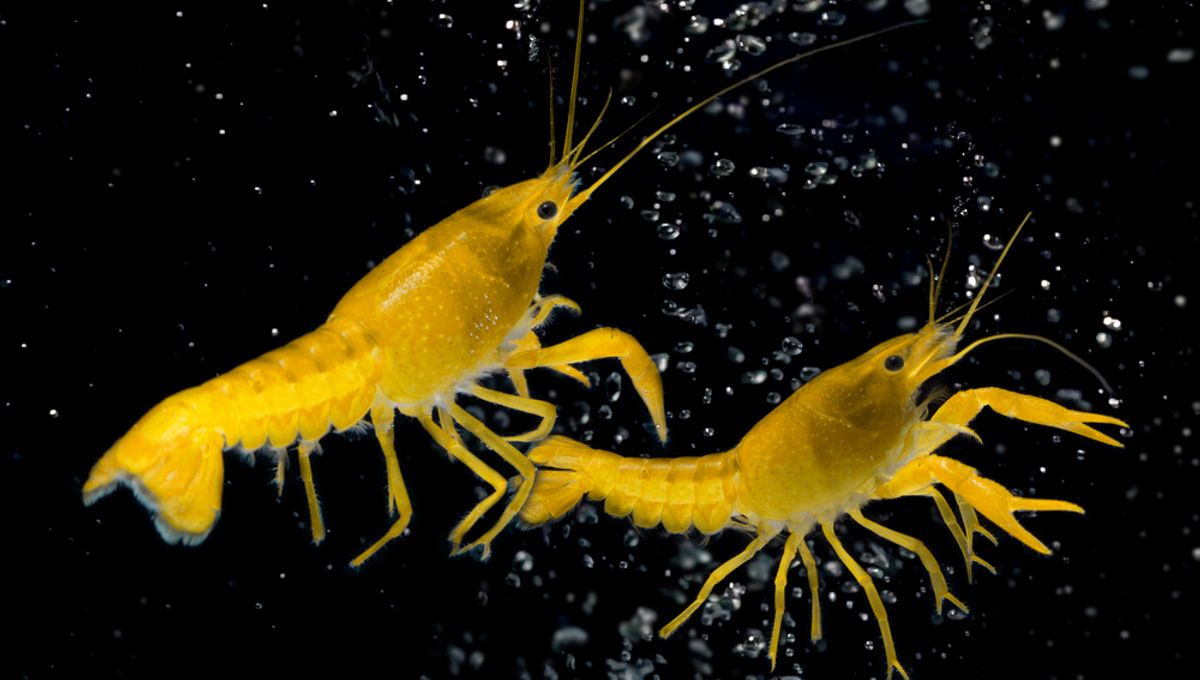
Notable levels of cocaine, ketamine, Valium, Xanax, tramadol, and other potent pharmaceuticals have been found in the bodies of freshwater shrimp and their habitat in rural England. In yet another unexpected twist, the researchers also found traces of numerous pesticides that are now banned by the EU.
Reporting in the journal Environment International back in 2019, scientists from King’s College London analyzed levels of micropollutants in surface water samples and Gammarus pulex freshwater shrimp from 15 different sites across the county of Suffolk in the east of England.
To their surprise, they discovered trace levels of at least 67 different contaminant compounds. The most frequently detected contaminant was cocaine, detected in every single shrimp from all 15 sites.
“Such regular occurrence of illicit drugs in wildlife was surprising,” Dr Leon Barron, a forensic scientist at King’s College, said in a statement.
“We might expect to see these in urban areas such as London, but not in smaller and more rural catchments. The presence of pesticides which have long been banned in the UK also poses a particular challenge as the sources of these remain unclear,” added Dr Barron.
The effect of the illicit substances on the shrimp is not clear, although it’s unlikely to be doing them any good. The team is now digging deeper into the problem and carrying out further research into the effects of the pharmaceuticals and other micropollutants on shrimp and other aquatic animals.
“Whether the presence of cocaine in aquatic animals is an issue for Suffolk, or more widespread an occurrence in the UK and abroad, awaits further research,” added study author Professor Nic Bury from the University of Suffolk.
“Environmental health has attracted much attention from the public due to challenges associated with climate change and microplastic pollution. However, the impact of ‘invisible’ chemical pollution (such as drugs) on wildlife health needs more focus in the UK as policy can often be informed by studies such as these.”
Other studies have touched on this by looking at the effect of certain drugs on aquatic wildlife. A study in 2018 found that European eels exposed to low levels of cocaine experience irreversible physiological damage. Since these creatures are already critically endangered, their drug problem could even be severe enough to threaten the survival of the species as a whole.
The original version of this article was published in May 2019.
Source Link: Shrimp In The English Countryside Are On Cocaine, Xanax, Ketamine, And Valium